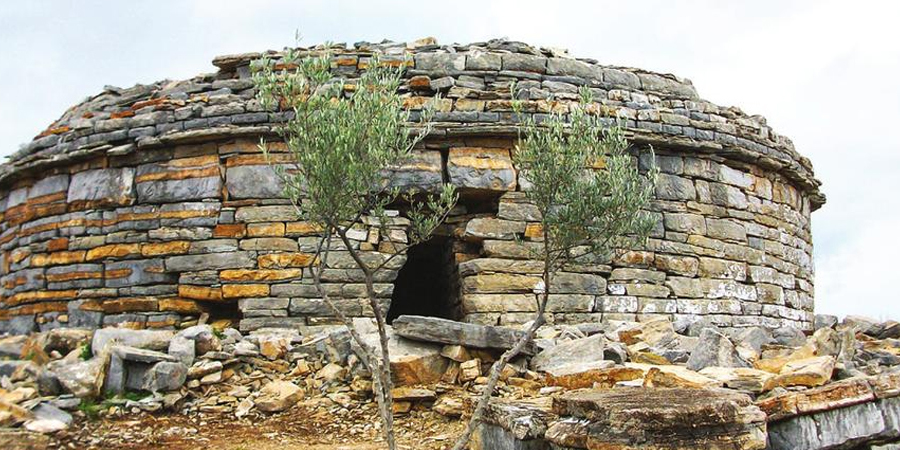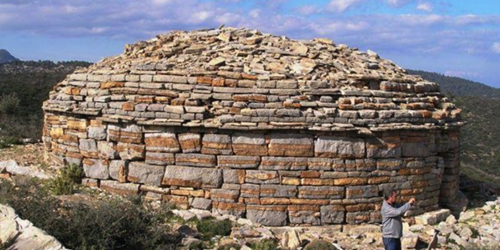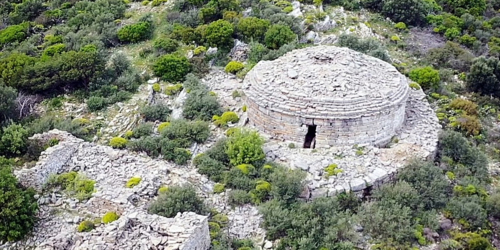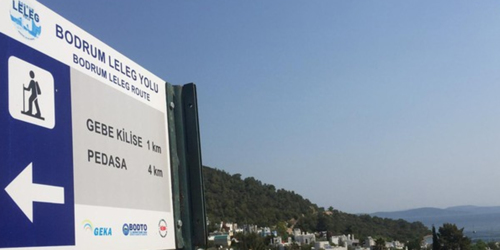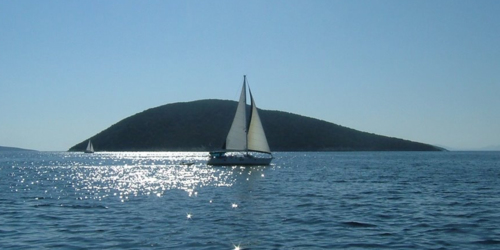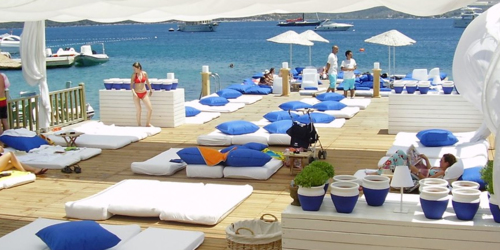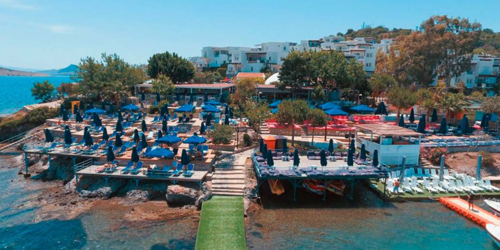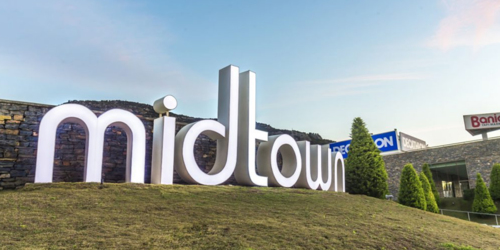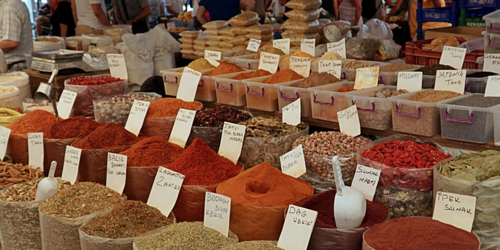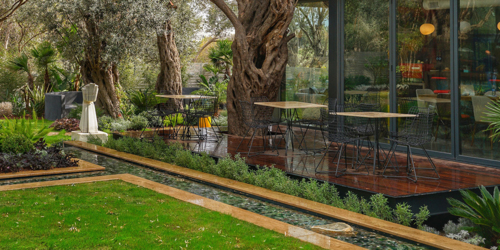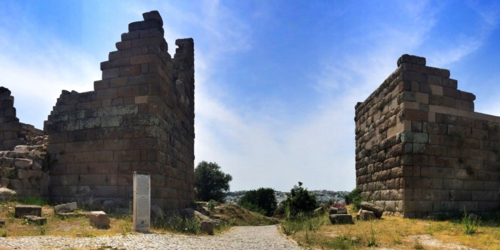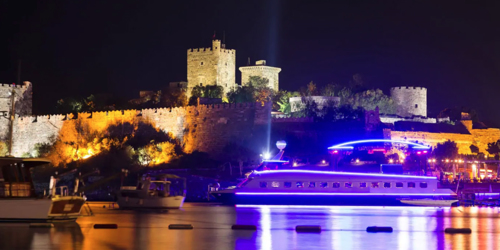They buried their dead in several different forms of tomb. Poorer people were buried communally in platform tombs while the wealthy were buried in circular tombs that must surely have provided the model for the gümbets (cisterns) that later came to dot the area (kümbet is Turkish for tomb). One of the best of the circular tombs is the so-called Gebe Kilise (Pregnant Church), near Torba.
What we know about the Lelegians mainly comes from Herodotus who says that they were allies of the Trojans who lived in a settlement called Pedasos until the defeat of the Trojans in the Trojan War whereupon they relocated south to an area near what was then Halikarnas (Bodrum). In 2008 the discovery of an inscription bearing the name Pedasa in the Temple of Athena appeared to confirm what Herodotus had said.
What we know about the Lelegians mainly comes from Herodotus who says that they were allies of the Trojans who lived in a settlement called Pedasos until the defeat of the Trojans in the Trojan War whereupon they relocated south to an area near what was then Halikarnas (Bodrum). In 2008 the discovery of an inscription bearing the name Pedasa in the Temple of Athena appeared to confirm what Herodotus had said.

